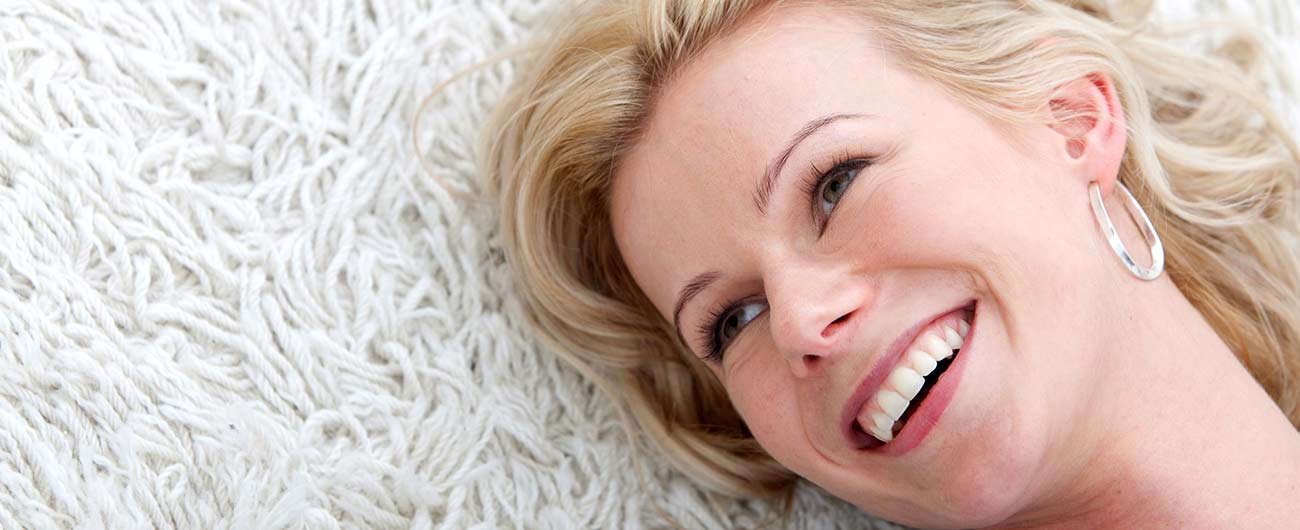Transform Your Bathroom into a Mold-Free Sanctuary
Posted on 22/08/2025
Transform Your Bathroom into a Mold-Free Sanctuary
Is your bathroom secretly harboring unhealthy mold? Are you searching for solutions to keep your space hygienic, fresh, and inviting? Mold is a common bathroom problem, but with the right strategies, you can transform your bathroom into a mold-free sanctuary. This comprehensive guide covers everything you need to know, from the causes of mold to step-by-step removal techniques and long-term prevention.
Understanding the Causes of Bathroom Mold
Mold thrives in moist, warm environments, making your bathroom a prime location for growth. Understanding why mold develops is the first step in your journey to a mold-free sanctuary.
Common Causes of Bathroom Mold
- Poor Ventilation: Lack of airflow traps humid air, encouraging mold growth.
- Persistent Dampness: Wet surfaces that don't dry out quickly become mold magnets.
- Leaky Fixtures: Dripping taps and pipes provide constant moisture.
- Inadequate Cleaning: Soap scum and grime feed mold spores, allowing colonization.
- Neglected Repairs: Unresolved grout or caulk cracks are breeding grounds for mold.

The Dangers of Mold in Your Bathroom
It's more than just unsightly. Bathroom mold can cause allergy symptoms, respiratory problems, and even damage to your home's structure. Mold spores can spread quickly, so addressing the issue promptly is essential to protect your health and investment.
Signs You Need a Mold-Free Bathroom Sanctuary
- Persistent musty odors, even after cleaning
- Visible black, green, or brown spots on walls, ceilings, or tiles
- Mildew forming on shower curtains or grout
- Chronic allergies or asthma symptoms that worsen at home
- Paint bubbling, cracking, or peeling
How to Transform Your Bathroom into a Mold-Free Sanctuary
Ready to reclaim your bathroom? Follow these actionable steps to achieve and maintain a mold-free haven that sparkles with cleanliness and freshness.
Step 1: Deep Clean and Remove Existing Mold
Start by eliminating visible mold. For small patches (under 10 square feet), you can handle removal yourself. For extensive infestations or if you're sensitive to mold, contact a professional.
- Wear protection: Put on gloves, a mask, goggles, and old clothes.
- Ventilate the area: Open windows and doors for airflow.
- Mix your cleaner: A solution of 1 part bleach to 10 parts water is effective, or use commercial mold removers.
- Scrub affected spots with a brush or sponge, paying attention to grout and corners.
- Rinse and dry: Wipe with clean water and dry completely to prevent lingering moisture.
For recurring mold or large infestations, invest in professional mold remediation to ensure safe and total removal.
Step 2: Upgrade Your Bathroom Ventilation
Proper airflow is the cornerstone of a mold-resistant bathroom. Here's how to improve your ventilation:
- Install or upgrade an exhaust fan and run it during and after showers for at least 20 minutes.
- Open windows and doors when weather allows, to increase natural ventilation.
- Consider a dehumidifier in particularly damp climates or windowless bathrooms.
- Clean and maintain vents to ensure unobstructed airflow.
Step 3: Control Moisture and Fix Leaks
A truly mold-free bath sanctuary requires a vigilant approach to moisture.
- Wipe down showers, tubs, and counters after use.
- Hang wet towels and mats to dry outside the bathroom.
- Repair leaky faucets, tubs, and pipes as soon as possible.
- Use a squeegee on walls and glass after every shower.
- Check for hidden leaks beneath sinks, toilets, and behind walls if you notice persistent dampness.
Step 4: Choose Mold-Resistant Materials and Finishes
During remodeling or maintenance, select materials designed to combat mold and moisture:
- Mold-resistant drywall (greenboard or cement board)
- Waterproof paints and sealants for walls and ceilings
- Non-porous tiles and grout additives that resist absorption
- High-quality silicone caulk in corners and seams
- Shower curtains and liners labeled "mildew-resistant"
Step 5: Establish an Effective Bathroom Cleaning Routine
Consistent cleaning is one of the most powerful tools in your arsenal for a mold-free bathroom sanctuary. Establish these habits:
- Clean shower and tub surfaces weekly to remove soap scum and prevent spores from settling.
- Scrub grout lines and corners thoroughly to stop mold before it starts.
- Wash curtains and bath mats with hot water often.
- Disinfect sinks and counters to remove lingering bacteria and mold spores.
- Empty waste bins and keep the bathroom clutter-free for maximum airflow and easier cleaning.
Bonus Tips for a Permanent Mold-Free Bathroom Renovation
- Install a timer or humidity sensor on your exhaust fan for automatic operation.
- Seal grout and tile regularly for an added moisture barrier.
- Opt for glass shower enclosures instead of curtains, as they dry faster and don't trap moisture.
- Use shelves and hooks to keep items off damp surfaces.
- Apply anti-mold spray or vinegar solutions after cleaning as a preventative measure.
Best Practices to Maintain a Mold-Free Bathroom Sanctuary
A beautiful, mold-free bathroom doesn't happen by accident. Make maintenance a regular part of your household routine:
- Check for new mold every week, especially in hidden or neglected areas.
- Keep shower doors or curtains open after use to speed up drying.
- Clean your exhaust fan blades twice a year for optimal performance.
- Monitor humidity with a digital hygrometer; keep it below 60%.
- Quickly address spills and leaks to prevent moisture build-up.
Frequently Asked Questions about Mold-Free Bathrooms
1. Can I get rid of bathroom mold permanently?
Yes! By combining thorough cleaning, proper ventilation, moisture control, and mold-resistant materials, you can create a lasting mold-free sanctuary. However, maintenance is always necessary since mold spores are everywhere in our environment.
2. What's the most effective cleaner to remove bathroom mold?
Bleach, vinegar, hydrogen peroxide, and commercial mold removers all work. Bleach is best for non-porous surfaces, while vinegar is non-toxic and works on tiles and glass. Always follow safety instructions and never mix cleaning chemicals.
3. How can I keep my shower mold-free?
- Use the exhaust fan or open a window after every shower.
- Squeegee walls and doors to remove water droplets.
- Wash your shower curtain and liner regularly.
- Apply a daily shower cleaner spray between deep cleans.
4. When do I need professional mold removal?
If mold covers an area larger than 10 square feet, recurs despite your efforts, or has penetrated porous materials like insulation or drywall, contact a certified mold remediation expert.
5. Can poor waterproofing cause mold in bathrooms?
Absolutely. Cracked grout, broken tiles, or failed waterproof membranes trap moisture and encourage hidden mold growth. Inspect and repair your waterproofing as part of routine maintenance.

Mold-Free Bathroom Sanctuary: Your Wellness Investment
A clean, bright, and fresh-smelling bathroom enhances your home's comfort, value, and even your mood. More importantly, a mold-free sanctuary protects the health of your family. By applying these proven tips--from ventilation to choosing the right finishes and staying vigilant--you can ensure your bathroom remains a place of renewal, not a source of stress.
Ready to Transform Your Bathroom?
Don't wait for mold to take control. Start implementing these mold prevention tips today, and enjoy the peace of mind that comes from a mold-free bathroom sanctuary. Your health and your home deserve the very best!
- Regularly inspect, clean, and maintain your bathroom for long-lasting results.
- Upgrade fixtures and ventilation where needed for optimal protection.
- Share these mold-free strategies with family and friends to promote wellness for all!
Have questions or tips about maintaining a mold-free bathroom? Leave a comment below to help others in their journey toward a healthier, more beautiful home sanctuary.




 Rug Cleaning
Rug Cleaning  Steam Carpet Cleaning London
Steam Carpet Cleaning London  Upholstery Cleaning Services
Upholstery Cleaning Services